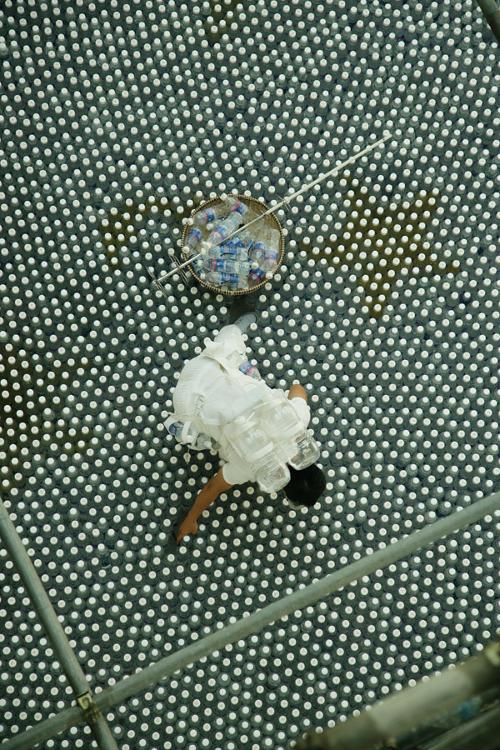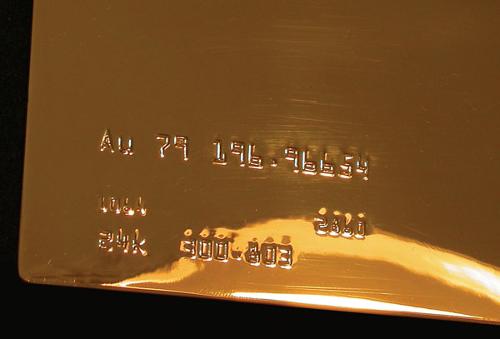
PUBLICATION REVIEW
Visible Language
Vol 39 no 3 Fluxus and Legacy (2005)
Vol 40 no 1 Fluxus after Fluxus (2006)
guest- edited by Ken Friedman and Owen Smith
An event score for Fluxus after Fluxus
1. Read Anne Kirker's piece (this issue of Artlink)
2. Go to the Visible Language website www.id.iit.edu/visiblelanguage
3. Subscribe, yes go on and order these special Fluxus issues
4. Read the articles and feast your eyes on the cool design and generous collection of images
5. Do your own event score for Fluxus after Fluxus
'Do your own', 'direct participation' is the key message from Owen Smith, who argues that the way to teach, understand, and enjoy Fluxus is to enter into its spirit by doing it. This is both easy and difficult& yes, think Zen. The difficult part is that you need to understand, beyond just gobbling up tasty sound bytes. The easy part (also the hard part) is that the Fluxus spirit, mode, model is familiar today – animating many interdisciplinary, participatory, and 'convivial' works, as Bernard Clavez argues.
In his article Fluxus – reference or paradigm for young contemporary artists? Clavez engages with Nicolas Bourriaud's (Relational Aesthetics) discussion of participatory or 'convivial' works:
The gap between the two eras is due to two ontologically distinct conceptions of the function of the work of art. In the 1960s, the exploration of conviviality was seen as an act of possible cultural regeneration. At the time this vision extended to a larger culture, including the culture outside of the world of art. Today the work is the place of conviviality itself. It uses the context it questions – mostly institutional – without trying to modify, change or disturb it in any way. (39.3 p. 239)
This sort of historical engagement – questioning what a legacy means, and does, for scholars and for artists – runs throughout these volumes, edited and with contributions by two of the most notable Fluxus scholars. Themselves also artists, Friedman and Smith write with deep knowledge, perspicacity, and pleasure in Fluxus ways of making and thinking. In Teaching and Learning about Fluxus, for instance, Smith faces the paradox of how to write about Fluxus for a scholarly publication without diverting its flow into antithetical currents of authenticity, commodification and originality – the very art market and institutional constructs which Fluxus rejected. He critiques current stultifying recuperations of Fluxus as an object for art historical study. Instead, Smith explores modes of working with the dynamic spirit of Fluxus; for instance, he argues for a 'praxis model of engaged productive learning, inspired by what Dick Higgins called exemplativist art': 'The fixed-finished work began to be supplemented by the idea of a work as a process, constantly becoming something else, tentative, allowing more than one interpretation' (40.1 p.110). His articles and joint writing with Smith provide much to chew on, opening up issues of the relation of art history to art in a Fluxus way, which is wary of institutions yet is also open to what they might give to artists and the broader culture and of how knowledge can be 'an active force for change.' (39.3 p. 315)
These two volumes offer a wonderful compilation of articles, attending to still very relevant issues to do with intermedia, visible language, play, and performance. There are pieces on particular artists, such as Ben Vautier and a piece on the 'Fluxkids', as well as articles which trace works in what Clavez calls the 'Fluxus paradigm' – from sound works to performances to game art. One of the most exciting pieces is Lisa Moren's Keep Walking Intently: Signatures, Music, Computers, Paranoia, Smells, Danger & the Sky. In this carefully designed piece (format created by typographer Margaret Re and reset for Visible Language by designer Mark Nystrom), Moren exemplifies Smith's idea of 'writing about by making' as she juxtaposes earlier Fluxus Event Scores from the likes of Yoko Ono, Dick Higgins, Alison Knowles, and Bengt af Klintberg with later ones from Laurie Andersen, David Rokeby, Janet Cardiff, Eduardo Kac and many others. For instance, Alison Knowles proposes, Yoko Ono as if replies and, in between/in parallel, Vuc Cosic snaps back:
Alison Knowles (1965)
Proposition VII
Study an object thoroughly:
one with which you are already familiar.
Present your observations as
a performance
Yoko Ono (1961)
Number Piece I
Count all the words in the book
instead of reading them
Vuc Cosic's (1999)
Instant ASCII Camera
At a grand terminal offer
instant snapshots similar
to passport photos.
Instead of a photo, give
clients a receipt with
their image in ASCII.
(40.1, p. 35*)
These issues make a wonderful contribution to Fluxus practice and scholarship as well as to Visible Language. Their website houses abstracts to whet your appetite for these articles and others in this exciting, interdisciplinary journal. For those familiar with Fluxus, these two issues are a treat, with diverse and sometimes unexpected articles and material, including a generous bibliography of bibliographies. For those not so familiar, it's an excellent place to start.
* For a discussion of ASCII art, http://en.wikipedia.org/wiki/ASCII_art












